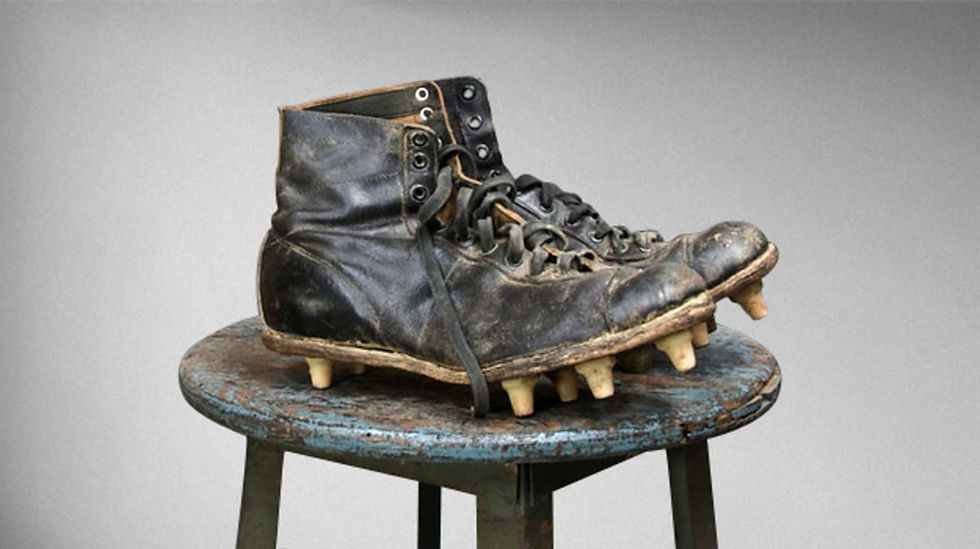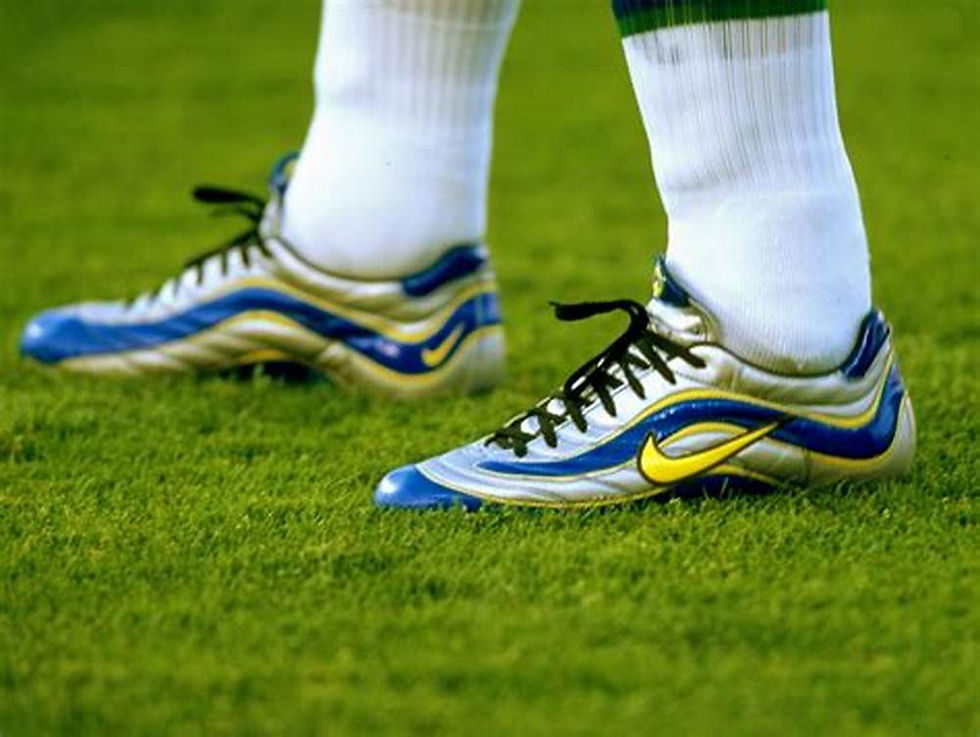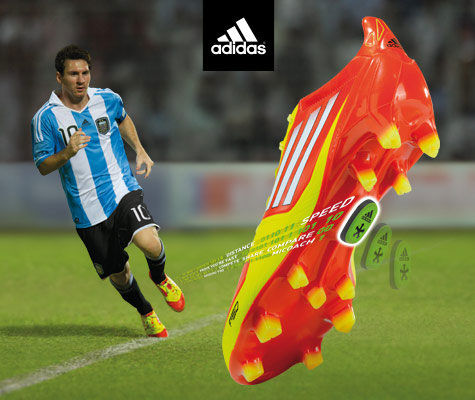Football Boots: From Steel Toe Cap Protective Footwear to Ultra-light Performance Tools
- Bootsfinder

- Jul 24, 2023
- 3 min read

The football boot evolved from being fundamentally protective footwear in the 1800s to a method of increasing performance and individualism in today's modern game. As adoring fans and supporters idolise current footballers' footwear, the number of manufacturers, styles, colours, and brands has increased dramatically in recent years. Here's how much football’s most important tools have changed as the game has progressed.
• King Henry VIII's football boots were the first to be recorded in 1526, but little is known about the boots, and we certainly don’t have any photos!
• Football really established itself in the late 1800s in the United Kingdom, with many of the famous football clubs that compete in the English League today were incorporated in the 1880s or 90s.
• The first ever football boots were designed with steel toecaps to protect the competitor from damaging their toes during aggressive tackles.
• Primary boots also had long laces and ankle supports, as well as large metal studs on the sole.
• They were made of none water resistant leather and weighed around 500g dry; rising to over 1kg when wet.
• In the early 1900s there was little change in the design until the 1950s.
• Adolf Dassler and his brother Rudolf created the first proper football boot with removable studs in 1954. This was to help in increasing the speed and movement of the player by giving better traction. The brothers split into two directions with Adolf (Adi) going on to found Adidas (Adi Dassler), and Rudolf founding Puma.

• New manufactures arrived during the 1960s in the form of Mitre, Asics, and Joma and football boots devolved away from an ankle support to the lower cut version. This change in shape was deemed for more movement and lighter weight and were more comfortable for the players. All were made of leather which were mainly black.
• The 1970s saw the introduction of some non-black boots and adidas became the market leader with the creation of the Copa Mundial which is still in production today.

• Nike began its football journey back in 1971 with the release of “The Nike” football boot, the first shoe to bear the Swoosh. It cost $16.95, didn’t hold up well in cold and wet weather and soon fell by the wayside as Nike focused on running, tennis and basketball footwear.
• The original 1998 Mercurial boot, the first premier boot made from synthetic leather was introduced and paved Nike’s way to the top.
• Despite the fact that adidas, Nike, and Puma have dominated the market since the turn of the century, smaller vendors such as Mizuno, Diadora, Kelme, and Lotto have all been able to operate and contribute to the advancement of the footwear.

• Nomis introduced a boot with Wet Control Technology in 2002, Kelme introduced Shark Technology in 2006, and Lotto also introduced a lace-less boot in 2006.
• Laser technology has allowed boots to be customised for specific players, which is perhaps the most innovative development of modern times, as most top players have custom-made footwear.
• At the time, Ballon d'Or winner, Lionel Messi, was the face of Adidas' new f50 boot, which includes computer technology for the first time. A miCoach Pace.

Boots have since become more and more complicated with the introduction of many new materials including carbon fibre, synthetic leathers, plastic fabrics such as flyknit and more.
We thought you’d find it interesting to read about the origins of football boots and their manufacturers but what’s next for the market…AI designed eco-friendly NFT boots made by Stilo Matchmakers…only time will tell!




Comments